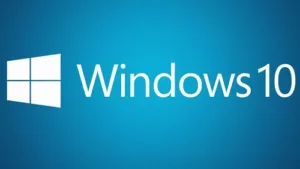Microsoft has revealed the specifications of devices that Windows 10 will be able to run on at the Windows Hardware Engineering in China.
Windows 10 phones will scale from 3″ to 7.99″, while desktop PCs and tablets running the Professional edition must be 7″+. Consumer models will have to be larger than 8″. This means that, technically, consumers could see a 7.99″ smartphone next to an 8″ tablet – and phones larger than the smallest desktop PC – it could happen.
In terms of mobile specifications, flagship phones will be able to incorporate resolutions up to 2560 x 2048, with 4GB of RAM. At the lowest end of the range, Windows 10 phones will have at least 800 x 480 resolution and 512MB of RAM, as well as hardware buttons. They must also have a cellular radio supporting data and voice and at least 4GB of flash memory. Interestingly features that are usually considered standard on smartphones – touch, Wi-Fi and sensors like an accelerometer and gyroscope – are listed as optional.
Desktop PCs naturally have higher storage requirements: 16GB for 32-bit models and 20GB for those running the 64-bit version of the OS. Tablets and PCs must have at least 1GB (32-bit) or 2GB (64-bit) of RAM.
Future-proofing will be applied to larger displays, as Microsoft announced that 27″+ PCs will be able to support 8k (7680 x 4320) resolution. UltraHD, meanwhile, will come to PCs as small as 8″ and mobile devices from 6″+! The HEVC codec will also be supported.

